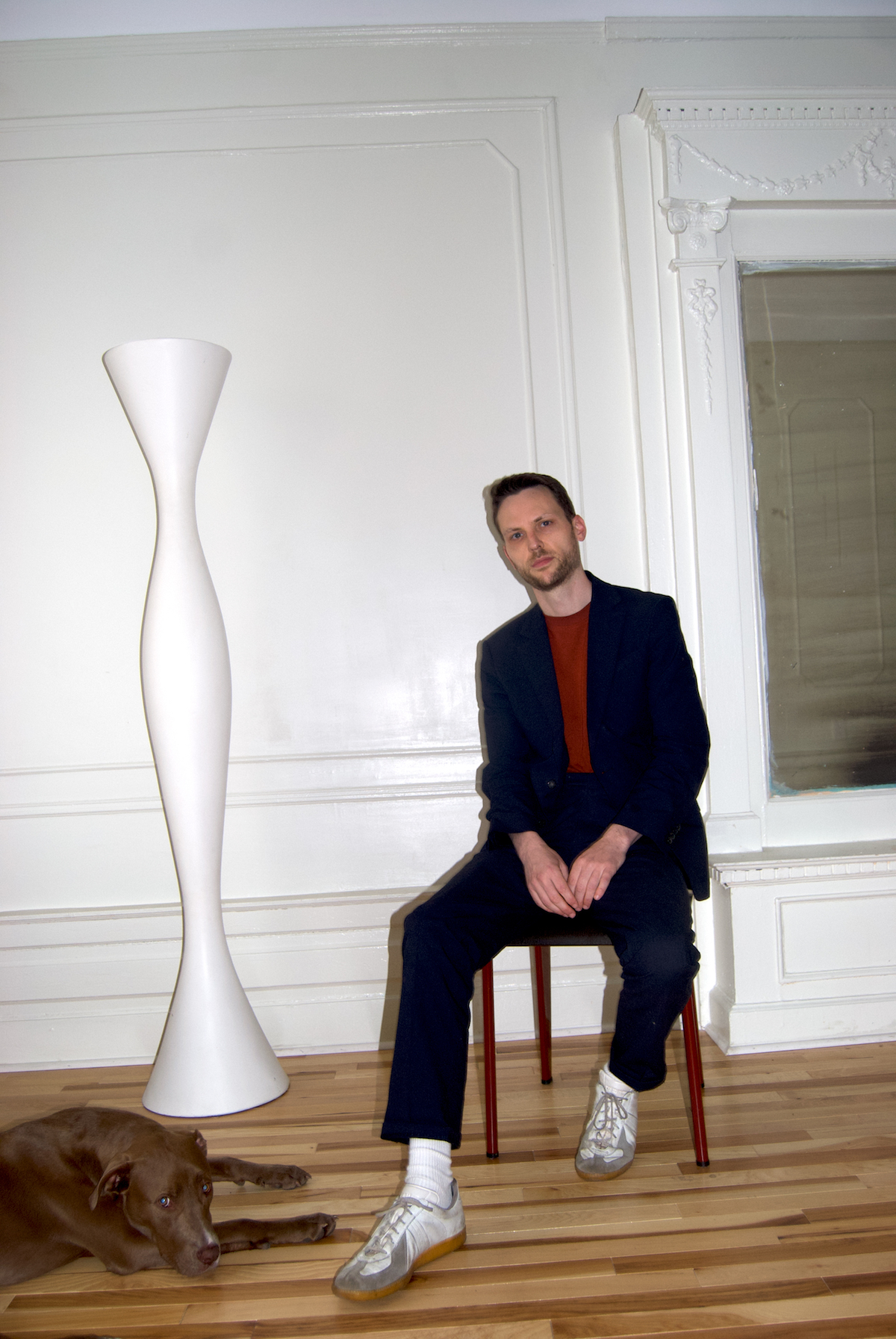
Drew Sawyer is an archeologist in thinking and a curator in practice. When speaking to him about his journey to becoming a curator at the Brooklyn Museum, he thinks aloud by listing the duties of curator: to provide care and facilitate meaning-making. His pastime became his career mid-college, when he had accumulated too many credits in economics and was encouraged to take extracurriculars, bringing him to art history, which he never left. He’s keen on research and exhibitions, and how to reposition someone who has fallen to the wayside in history by rethinking how to center their narratives and tell their stories. When asked about his practice, he tells me his priority of refocusing the museum’s audience by showcasing overlooked talent. He also talks about the solo exhibition of Liz Johnson Artur’s work that he organized at the Brooklyn Museum in 2019. Artur had never had a solo exhibition in the United States, though she has been making work for well over 30 years, first starting to take photographs while staying with a Russian family friend somewhere in Brooklyn. Another exhibition he organized concurrently was “Garry Winogrand: Color,” which gestures to a catastrophe of 1967, when Winogrand installed a projector in the “New Documents” show at MoMA with Diane Arbus and Lee Friedlander and it malfunctioned and ruined the slides loaded in the machine. Sawyer is quick to note, “Presenting an installation of slideshows maybe goes against a lot of the ways that photographs are traditionally presented at museums, which fetishize photographic prints usually made around the same time as the negative, which people refer to in the field as vintage prints. For me it was a way to push against how museums usually present a medium that is infinitely reproducible, that takes so many formats on in the world in which we live, because not everyone experiences photographs as framed prints. They are these things that people pass through that aren’t necessarily a destination.”
Sawyer is a collaborator through and through. When asked about his relationship to photography he immediately lists off shows, collaborators and institutions that he’s worked with, in all kinds of ways. Photography is about the relationship and process of meaningmaking. Throughout our conversation he talks about history and our relationship to it and how it reproduces us as both agents and storytellers. He’s searching for meaning in the archive. But his practice isn’t explicitly based in the past; he’s focused on representing work in a contemporary context, that maybe wasn’t given enough attention before, and putting those objects and works in conversation with people who we’ve given too much attention to.
Craving more culture? Sign up to receive the Cultured newsletter, a biweekly guide to what’s new and what’s next in art, architecture, design and more.










 in your life?
in your life?

